Europe’s production and consumption are highly interdependent. The available production systems, in addition to consumer’s behavior, play a significant role in determining the demand for products and services. Companies often analyze consumers behavior to identify trends and adapt their production systems accordingly. For example, if a particular product is in high demand, a company may increase their production capabilities to meet that demand. Alternatively, if consumers begin to prioritize sustainable materials, a company may adjust their production systems to reflect that preference.
Consumption habits have a significant impact on the quantity, variety, and quality of products and services offered on the market, which in turn affect the way waste generated from these products and services is managed. Ultimately, a deep understanding of how our consumption habits affect the environment is critical to exert a positive impact on production processes and, on a larger scale, on the quality of life that future generations will experience.
To be able to have a positive impact by participating in pollution reduction, you might wonder where to find real data about how and to what extent our daily consumption habits affect our environment and health. Which sectors/products have the most impact? Well, in this article, we have synthesized information from several reliable sources such as the European Commission, Eurostat, the European Environment Agency, and published and approved scientific articles.
The European Commission has created an evaluation framework to track the changes in the overall environmental impact of EU production and consumption, and to measure it against planetary boundaries. The consumption footprint is crucial for addressing challenges related to the necessity of a comprehensive and integrated appraisal of the shift towards sustainability, and is a crucial set of indicators that facilitate the goals of the European Green Deal.
Consumption and Material Footprints in the EU
The consumption footprint indicator represents a comprehensive view of the environmental and climate impacts resulting from the consumption of EU citizens. It takes into account the combined impacts of various economic sectors that are shaped by the demand for goods and services.
The figure bellow illustrates the EU’s consumption footprint from 2010 to 2020 which demonstrates mostly a constant trend over this period. In the other hand, the effects of this footprint are unsustainable, as they currently surpass Europe’s allocation of several planetary limits (EEA, 2020).
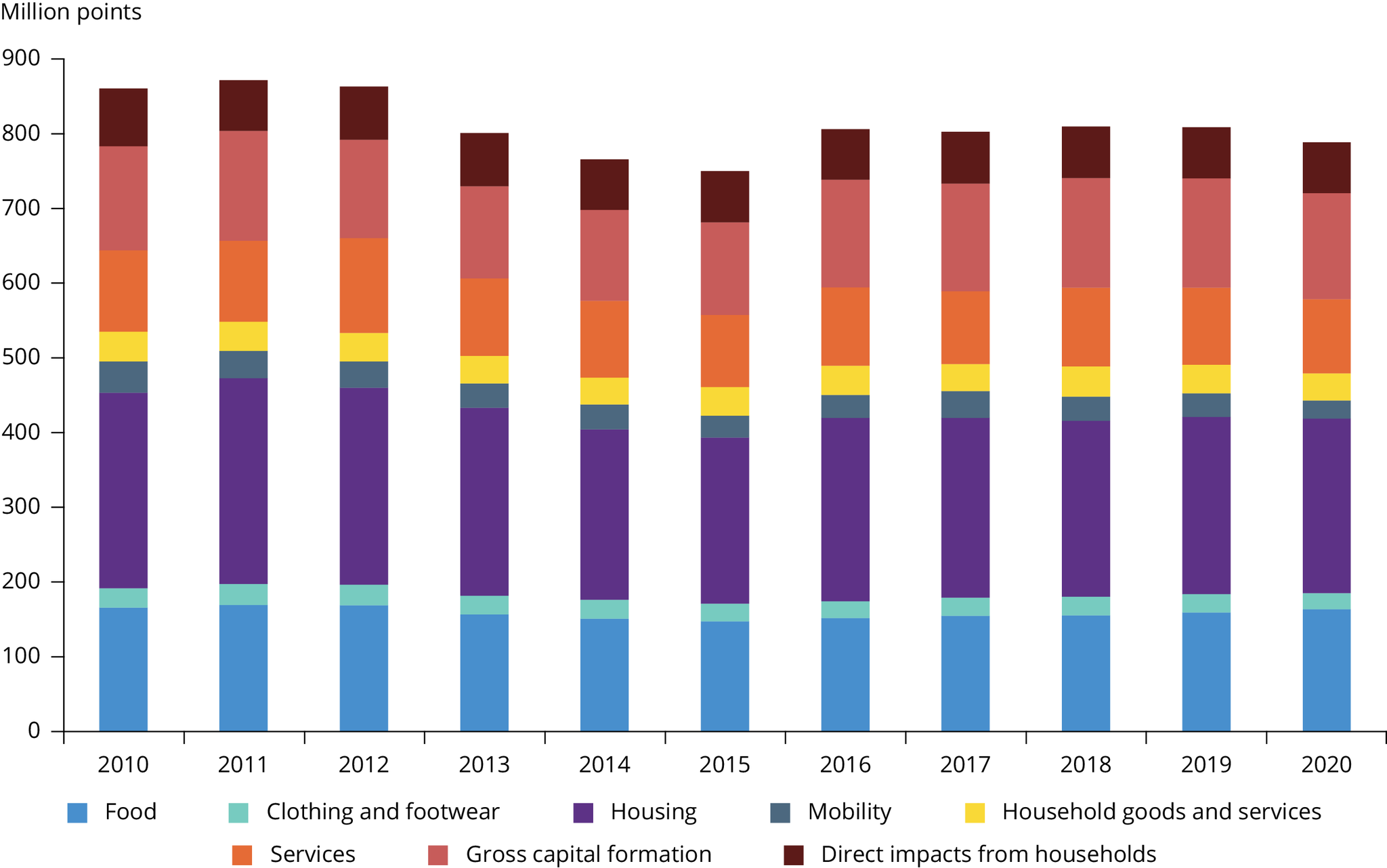
The EU’s consumption footprint (expressed in aggregated millions of points), reflecting the total environmental and climate impacts of consumption, 2010-2020 - Source: EEA
Source: EurostatIn the following Figure, the material footprint represents the quantity of resources required to manufacture the goods and services consumed within the EU, irrespective of their origin and processing location. The extraction and processing of resources on a global scale is a highly polluting economic activity that accounts for over 90% of biodiversity loss (IRP, 2019), as well as other significant resource-related impacts, such as eutrophication and toxicity caused by the application of fertilizers (IRP, 2019).
Between 2010 and 2020, the EU’s material footprint experienced a 6.1% decrease overall. However, the decrease was only 0.6% until 2019 and the significant reduction in 2020 was due to the economic downturn in Europe caused by COVID-19 measures. As such, it is regarded as a temporary occurrence. To address pollution stemming from the use of resources to meet EU demand, both the intensity and nature of consumption must be tackled.
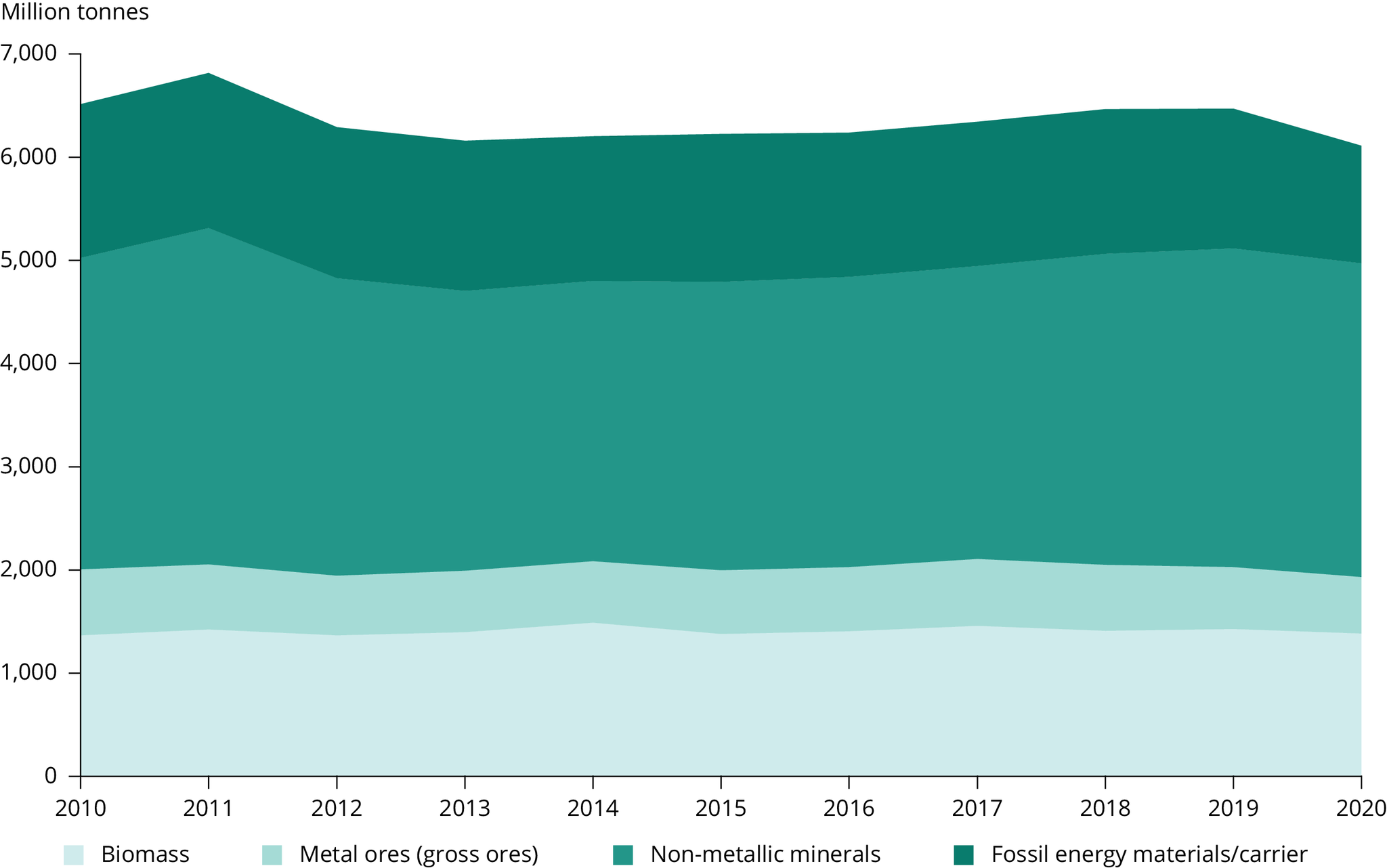
The EU’s material footprint, expressed in millions of tonnes of raw material equivalent, 2010-2020
Europe’s production and consumption systems have a close relationship with the chemical industry, which supplies all economic sectors upstream, especially the manufacturing goods such as plastics, textiles, cosmetics, cleaning products, paints, and adhesives, as well as many other consumer products. However, the production and use of certain chemicals have negative impacts on human health and the environment and, as a result, the chemical industry has a crucial role in enhancing the quality of life in Europe.
Chemical consumption is a useful measure to assess the pollution caused by European consumption. Since 2004, the consumption of hazardous chemicals that are harmful to both human health and the environment has decreased by nearly 9% (with a sharp drop in 2009 due to the global financial crisis). However, since 2016, there has been a steady increase in chemical consumption (as shown in Figure below), except for a temporary decrease observed in 2020 due to the COVID-19 pandemic.
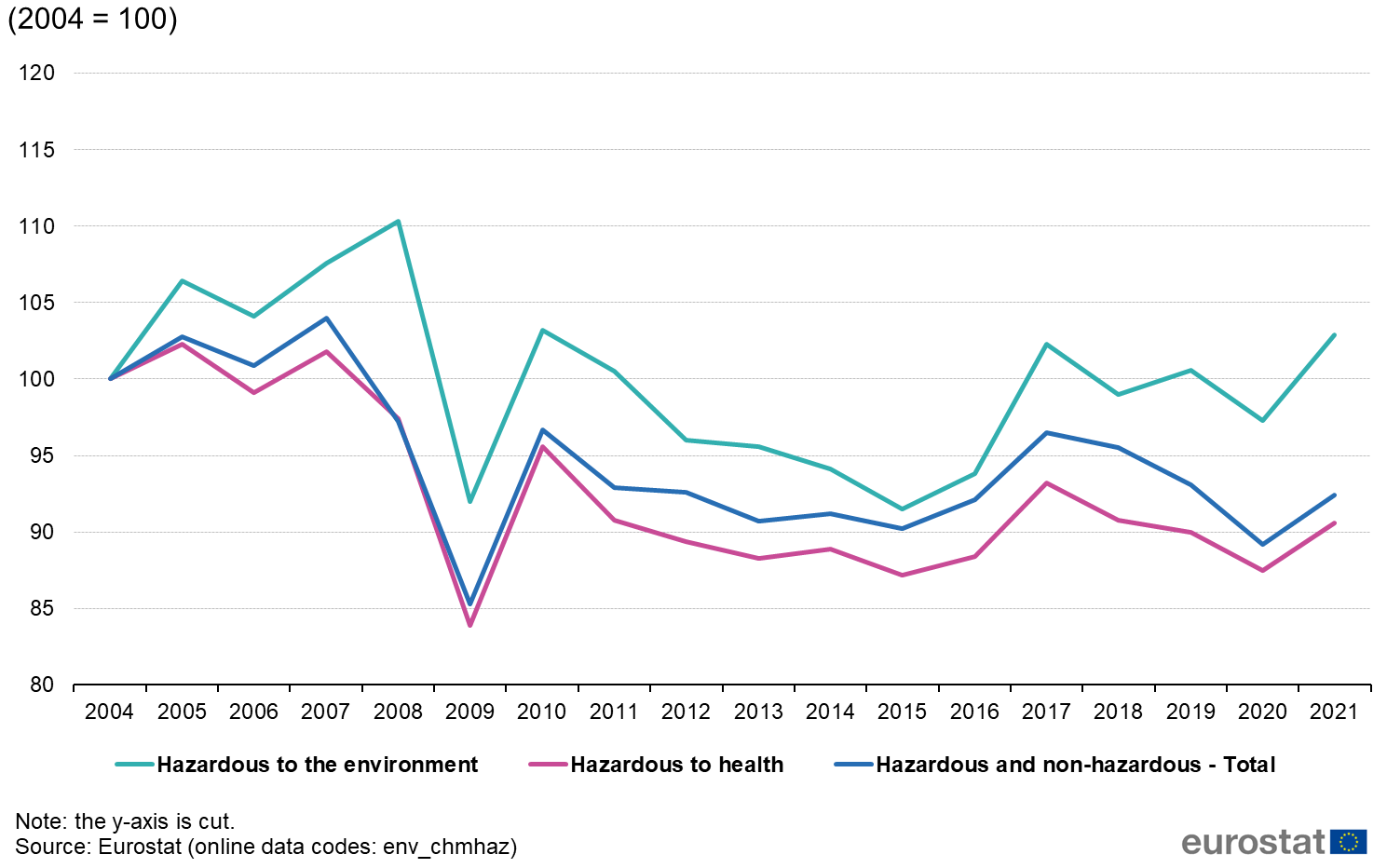 Consumption of chemical groups in the EU, from 2004-2021
Consumption of chemical groups in the EU, from 2004-2021
Chemicals are produced from fossil fuels, mainly petroleum and natural gas, with some derived from coal. These chemical production processes generate by-products that are used in other processes, leading to interdependencies and a reliance on existing technology. The petrochemical industry is dominated by just seven chemicals, which are used to produce more than 90% of downstream organic chemicals globally. The two biggest downstream product categories for the industry are nitrogenous fertilizers and plastics .
Fertilizers use in EU agriculture continues to rise, reaching 10 million tonnes of nitrogenous fertilizer in 2020, an 8.3% increase from 2010, according to Eurostat (2022c). However, excessive fertilizer application has negative environmental impacts, causing nutrient losses from agriculture to the environment and resulting in eutrophication of fresh water and marine ecosystems, as noted by the EEA (2022a). In addition, according to the European Chemicals Agency (ECHA), fertiliser is the major source of microplastic pollution in agriculture.
Plastic production exemplifies the deep interdependence and integration with the fossil fuel sector, as it relies on basic petrochemicals as feedstock and energy sources (EEA, 2021b; Tickner et al., 2021). The petrochemical industry produces polymers that form the building blocks of plastics, including polyethylene, polypropylene, polyethylene terephthalate, polyvinyl chloride, and polystyrene, making plastics the largest product category in the industry (Bauer et al., 2022). The EU plastics value chain was responsible for approximately 208 million tonnes of carbon dioxide equivalent (CO2e) greenhouse gas emissions in 2018. Polymer production accounted for the majority of emissions (63%), while the conversion of polymers into products contributed 22%. Treatment of plastic waste at the end-of-life stage accounted for 15% of emissions, primarily due to incineration (ETC/WMGE, 2021).
In the absence of scalable recycling and reuse solutions at the end of their life cycle, plastics often end up in landfills where they remain intact and do not degrade. Alternatively, they may be improperly disposed of in rivers or open dumping sites, or burned for energy.
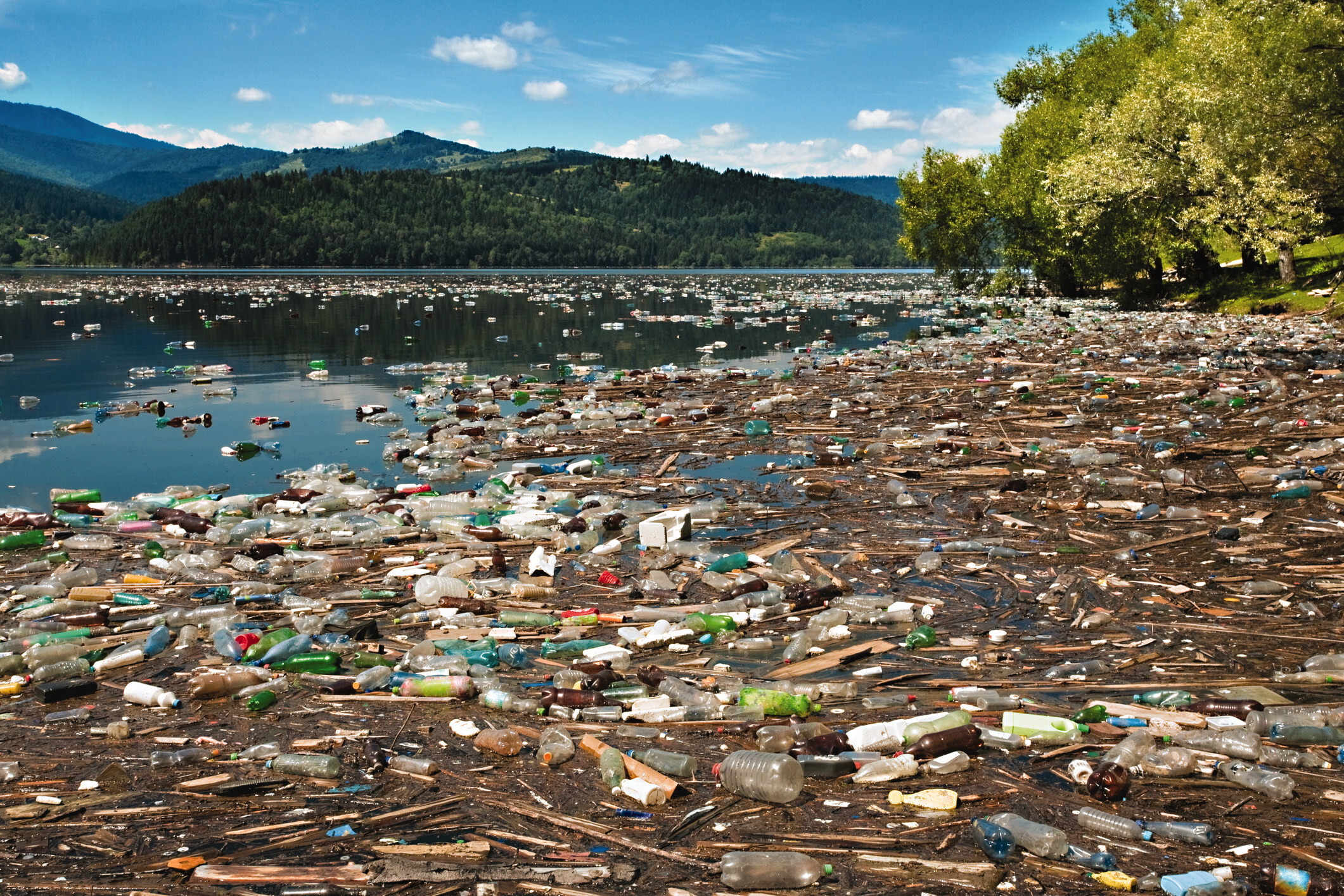 Numerous plastic bottles and other waste floating on Bicaz Lake, Romania.
Source: Transitioning the Chemical Industry - The Case for Addressing the Climate, Toxics, and Plastics Crises
Numerous plastic bottles and other waste floating on Bicaz Lake, Romania.
Source: Transitioning the Chemical Industry - The Case for Addressing the Climate, Toxics, and Plastics Crises
How the Chemical System Impacts Ecosystems and Human Health
Society’s heavy reliance on plastic for its diverse functionalities and products further solidifies our dependence on fossil fuels. Apart from the climate-related concerns, the pollution caused by plastic in both aquatic and terrestrial ecosystems raises alarms. There is evidence of human exposure to plastics through drinking water and diet, amplifying the urgency of the issue. Studies have estimated that humans may consume anywhere from 70,000 to over 120,000 microplastic particles annually, with traces of microplastics detected in human blood and stool. Additionally, the impact of microplastics on soils through sewage sludge is another area of concern. Microplastics are captured in wastewater treatment processes and end up in sludge, which is commonly used as fertilizer in agricultural practices across Europe. Research suggests that soil contamination with microplastics may range from 31,000 to 42,000 tonnes throughout Europe.
When plastics enter natural environments, they have the potential to accumulate and disturb ecosystems. They can be consumed by or entangle wildlife, leading to harmful consequences. Over time, plastics can break down into smaller fragments known as microplastics, measuring less than 5 mm in size. The visible impacts of plastic pollution, such as the Great Pacific Garbage Patch, sea turtles with straws lodged in their nostrils, or the accumulation of ingested plastic in the skeletons of oceanic birds, have been extensively documented. Furthermore, research on the detrimental effects of microplastics and nanoplastics, which are particles smaller than 100 nm, is expanding. Concerns include their ability to adsorb harmful chemicals, accumulate in organisms, and cause cellular damage.
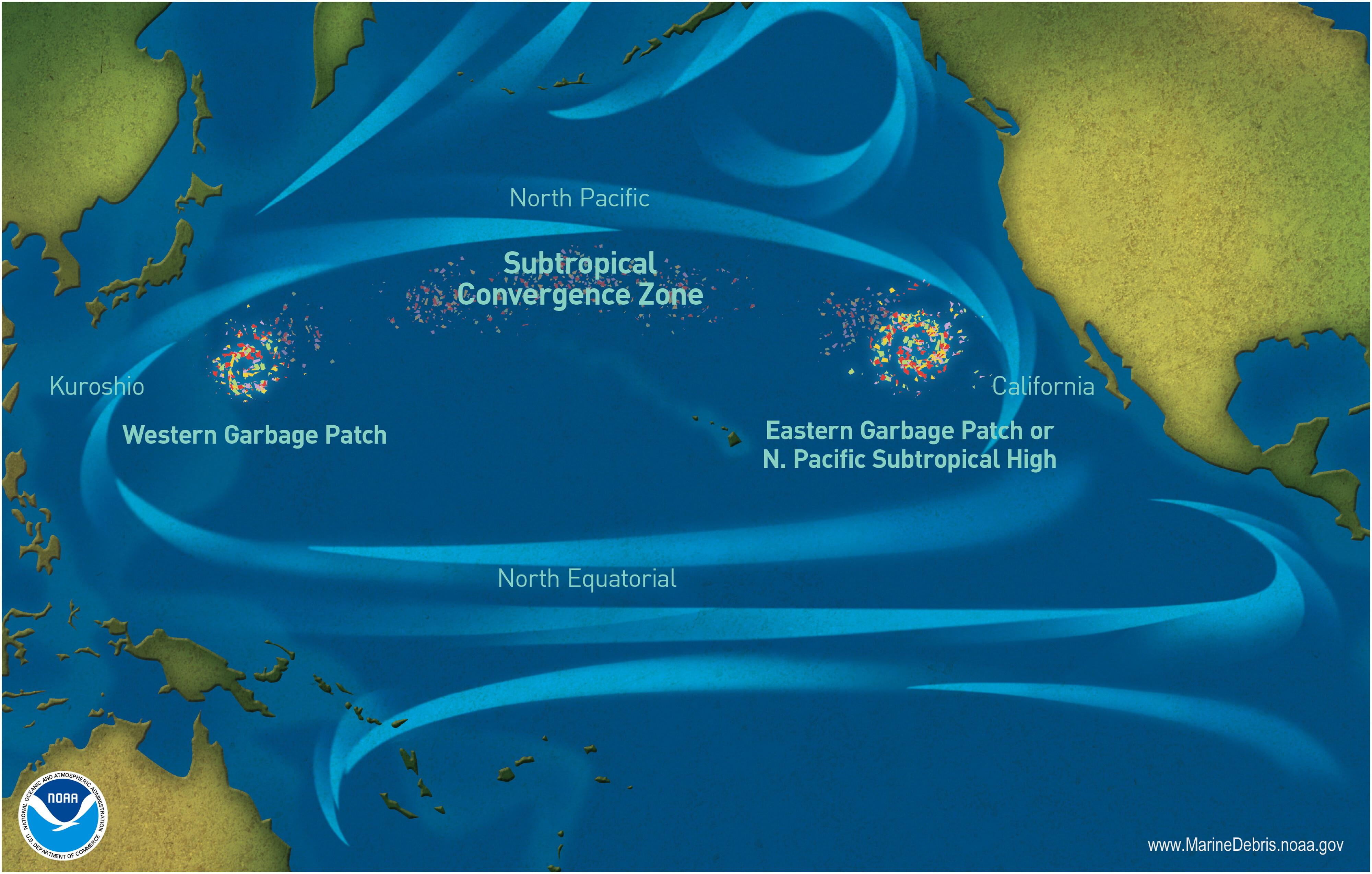 Source: Transitioning the Chemical Industry: The Case for Addressing the Climate, Toxics, and Plastics Crises
Source: Transitioning the Chemical Industry: The Case for Addressing the Climate, Toxics, and Plastics Crises
How to Make a Positive Impact on the Environment
Now that you are aware of the alarming situation our planet is facing and the urgency to take effective and impactful action to make a difference, you might ask yourself what can you do at your level to participate in reducing chemical based waste and take part to the mission of protecting our environment and our planet ? Well, below are some suggestions that we personally apply and that you can use as well :
- Prefer buying fruits, vegetables, legumes, nuts, and dried fruits in bulk rather than packaged and preferably free of any unnatural fertilizers, pesticides or any other chemical treatment
- Invest in a water filter and store water in glass containers or other natural materials such as copper instead of buying single-use plastic bottled water, which is one of the major pollutants for the environment and harmful for health
- Use biodegradable and reusable cloth bags for shopping instead of plastic bags
- Actively participate in sorting your household waste to facilitate recycling or proper disposal if they are biodegradable
- Prefer glass, wood, bamboo, or biodegradable wax-coated paper products for everyday domestic use (store/eat food)
- Learn to make homemade cleaning products and cosmetics using simple and eco-friendly ingredients (you can check out our DIY guide for 100% natural laundry detergent) it is fun and will benefit for the planet, your health and your wallet as well. If time doesn’t allow, you can prioritize the use of chemical-free products sold in bulk at specialized stores (don’t forget to bring your own container!)
- Choose clothing and households linens made from natural materials like linen and cotton instead of polyester, elastane, and nylon, which not only harm our health in the long run but also have negative environmental impacts when we no longer need them. Although natural materials may have a higher price, by reducing the frequency of purchases and prioritizing quality over quantity, you can actually save money in the overall budget
- Opt for public transportation and electric vehicles instead of gasoline/diesel cars.
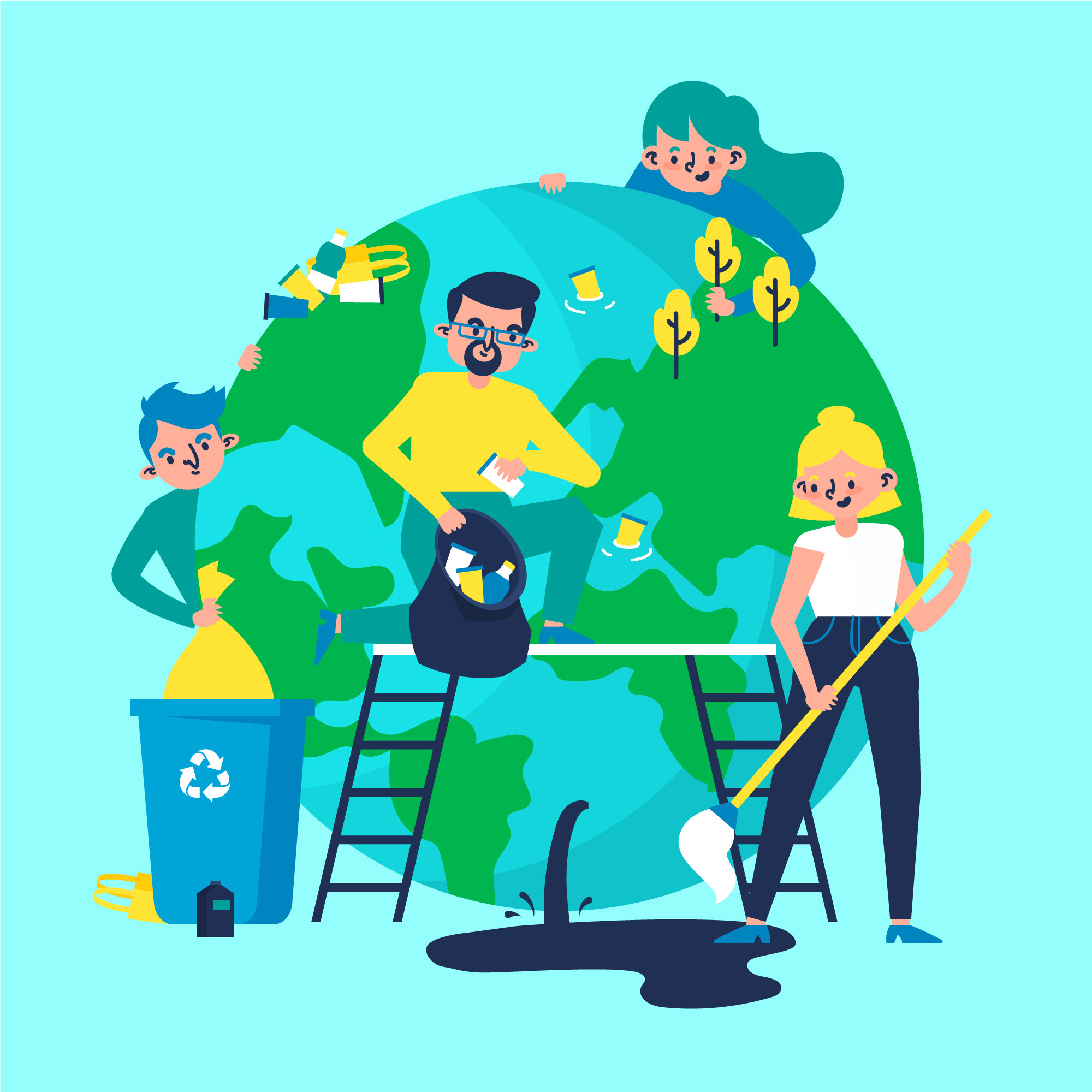 Citizens collectively participating in reducing consumption footprint, Source: Freepik
Citizens collectively participating in reducing consumption footprint, Source: Freepik
By implementing these simple daily practices and prioritizing sustainable products and lifestyle, we can all come together to exert an impact on industries, encourage the review of production processes and materials, and thus contribute to improving the conditions in which future generations will thrive on Earth.